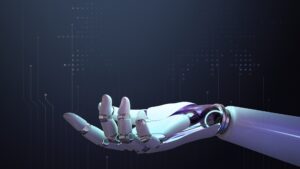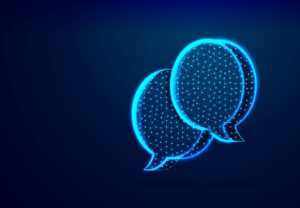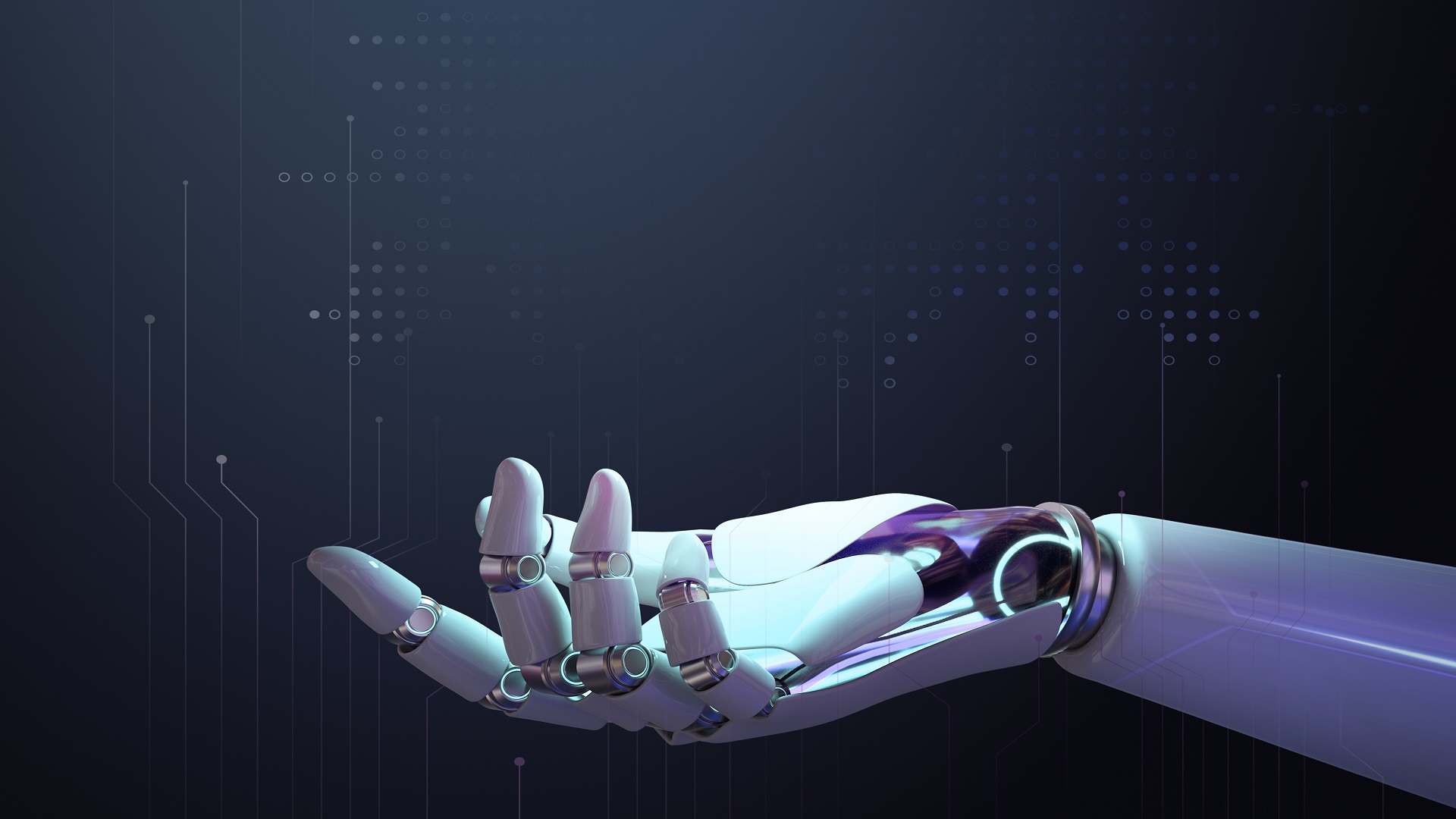ChatGPT
Revolutionizing Communication with Artificial Intelligence
In the ever-evolving landscape of artificial intelligence (AI), few innovations have captured the public’s imagination quite like ChatGPT. Developed by OpenAI, ChatGPT is a state-of-the-art language model that has redefined how humans interact with machines. ChatGPT has become a versatile tool for individuals, businesses, and educators, from answering questions and generating creative content to assisting with complex tasks. But what exactly is ChatGPT, how does it work, and how does it impact our world? Let’s dive in.

What is ChatGPT?
ChatGPT is a conversational AI model based on the Generative Pre-trained Transformer (GPT) architecture. It is designed to understand and generate human-like text based on the input it receives. The “GPT” in ChatGPT stands for Generative Pre-trained Transformer, which refers to the model’s ability to generate coherent and contextually relevant responses by leveraging vast amounts of pre-existing data.
The latest iteration, ChatGPT-4, builds on the success of its predecessors, offering improved accuracy, contextual understanding, and the ability to handle more complex queries. Unlike traditional chatbots that rely on pre-programmed responses, ChatGPT uses machine learning to generate responses dynamically, making it far more flexible and capable.
How Does ChatGPT Work?
At its core, ChatGPT is powered by a deep learning model known as a transformer. This architecture processes input text by breaking it down into smaller components (tokens) and analyzing the relationships between them. Here’s a simplified breakdown of how it works:
- Pre-training:
ChatGPT is trained on a massive dataset comprising text from books, articles, websites, and other sources. During this phase, the model learns grammar, facts, reasoning abilities, and even some level of contextual understanding. - Fine-tuning:
After pre-training, the model is fine-tuned on specific tasks or datasets to improve its performance in particular areas, such as customer support, creative writing, or technical explanations. - Inference:
When a user inputs a query, ChatGPT processes the text, predicts the most likely sequence of words to form a coherent response, and generates an answer in real time.
The model’s ability to generate human-like text stems from its training on diverse and extensive datasets, enabling it to mimic human language patterns effectively.

Applications of ChatGPT
ChatGPT’s versatility has made it a valuable tool across various domains. Here are some of its most prominent applications:
1. Customer Support
Businesses are increasingly using ChatGPT to automate customer service. The AI can handle common queries, troubleshoot issues, and provide instant responses, reducing the need for human intervention and improving efficiency.
2. Content Creation
Writers, marketers, and creators use ChatGPT to generate ideas, draft articles, and even write entire pieces of content. Its ability to produce coherent and engaging text makes it a valuable assistant for creative professionals.
3. Education and Tutoring
ChatGPT serves as a virtual tutor, helping students with homework, explaining complex concepts, and providing personalized learning experiences. It can adapt to different learning styles and paces, making education more accessible.
4. Programming and Technical Assistance
Developers use ChatGPT to debug code, write scripts, and learn new programming languages. Its ability to understand and generate technical content makes it a handy tool for software engineers.
5. Personal Assistance
From scheduling appointments to drafting emails, ChatGPT can act as a virtual assistant, helping individuals manage their daily tasks more efficiently.
6. Entertainment
ChatGPT can generate stories, and jokes, and even engage in casual conversation, making it a fun and interactive tool for users of all ages.
Advantages of ChatGPT
ChatGPT offers numerous benefits that have contributed to its widespread adoption:
- Accessibility:
ChatGPT is available 24/7, providing instant assistance to users around the globe. - Scalability:
Unlike human agents, ChatGPT can handle an unlimited number of queries simultaneously, making it ideal for businesses with high customer interaction volumes. - Cost-Effectiveness:
Automating tasks with ChatGPT can significantly reduce operational costs for businesses. - Versatility:
Its ability to perform a wide range of tasks makes it a one-stop solution for many needs. - Continuous Improvement:
OpenAI regularly updates ChatGPT, enhancing its capabilities and addressing limitations.
Challenges and Limitations
Despite its impressive capabilities, ChatGPT is not without its challenges:
- Accuracy and Reliability:
While ChatGPT is highly advanced, it can sometimes generate incorrect or misleading information. This is particularly concerning in fields like medicine or law, where accuracy is critical. - Bias:
The model’s responses are influenced by the data it was trained on, which may contain biases. This can lead to biased or inappropriate outputs. - Lack of Emotional Intelligence:
ChatGPT lacks true emotional understanding, which can limit its effectiveness in sensitive or emotionally charged situations. - Ethical Concerns:
The use of ChatGPT raises ethical questions, such as the potential for misuse in spreading misinformation or generating harmful content. - Dependence on Data:
ChatGPT’s performance is heavily reliant on the quality and diversity of its training data. Gaps in the data can lead to gaps in its knowledge.
The Future of ChatGPT
The future of ChatGPT and similar AI models is incredibly promising. Here are some potential developments to look forward to:
- Enhanced Capabilities:
Future iterations of ChatGPT are likely to be even more accurate, context-aware, and capable of handling complex tasks. - Integration with Other Technologies:
ChatGPT could be integrated with other AI systems, such as computer vision or robotics, to create more comprehensive solutions. - Personalization:
Advances in AI could enable ChatGPT to offer highly personalized experiences, tailoring its responses to individual users’ preferences and needs. - Ethical AI Development:
As awareness of AI’s ethical implications grows, developers are likely to focus on creating more transparent, fair, and accountable systems. - Broader Adoption:
ChatGPT and similar tools are expected to become even more ubiquitous, transforming industries and reshaping how we interact with technology.








